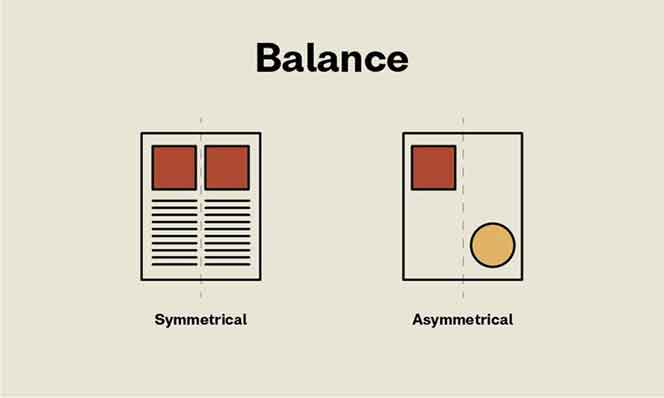Creating a compelling pitch deck is like preparing a gourmet meal – you need the right ingredients, perfect balance, and a touch of flair. A pitch deck isn’t just a set of slides; it’s your opportunity to tell the story of your business, capture attention, and secure investment. Whether you pitch to investors, partners, or customers, how you craft your pitch deck can be the difference between “meh” and “mighty.” Let’s dive in and take your pitch from bland to brilliant.
Why a Strong Pitch Deck Matters
Your pitch deck is often the first interaction potential investors have with your business. It’s the gateway to the funding and support you need to grow. So why does a firm pitch deck matter so much?
Capturing Investor Attention

Investors see countless pitch decks every day. It won’t get a second look if yours doesn’t stand out. A great pitch deck grabs attention from the first slide and keeps investors hooked by delivering precise, engaging information that speaks to their interests.
Differentiating Your Business
What makes your business unique in a sea of startups? A powerful pitch deck highlights your differentiators, showcases your value proposition, and convinces investors that you’re the one to back. It helps you rise above the noise and make your case effectively.
Understanding the Basics of a Pitch Deck
Before you start writing, it’s essential to understand the framework of a good pitch deck. What should be included? How should you structure it? Let’s break it down.
Key Slides Every Pitch Deck Should Have

Your pitch deck should include a specific set of slides that guide investors through the key points of your business. These slides form the backbone of your pitch:
- Problem Slide: What problem does your business solve?
- Solution Slide: How does your product or service solve that problem?
- Market Opportunity Slide: Who is your target market, and how ample is the opportunity?
The Structure of an Effective Pitch Deck
A compelling pitch deck flows logically, walking the audience through your business’s narrative. Investors need to grasp the problem quickly, your solution, and the potential for success.
Problem Slide
The problem slide sets the stage. This is your chance to define a relatable, pressing issue your business addresses. Make sure it’s something investors can connect with or see as a natural pain point.
Solution Slide
Once you’ve established the problem, present your solution. This slide demonstrates how your product or service addresses the situation better than anything else on the market.
Market Opportunity Slide

Here’s where you show that the problem is significant and widespread. Use data to back up your market size and growth potential claims. Investors want to see a large and growing demand for your solution.
Crafting Compelling Copy for Your Pitch Deck
Now that you know the basics, it’s time to focus on the copy—the words you use matter as much as the visuals. Let’s talk about how to make your pitch deck copy mighty.
Keep It Clear and Concise
Clarity is key. Investors don’t have time to sift through jargon or long-winded explanations. Every word in your pitch deck should serve a purpose. Aim for brevity while making your point crystal clear. If you can say it in fewer words, do it.
Use Storytelling to Drive Engagement

Humans are hardwired for stories. We connect with narratives more deeply emotionally than with raw data alone. Use storytelling techniques to bring your pitch to life.
Paint a Picture with Words
Think of your pitch deck as the script for a compelling business story. Instead of listing dry facts, paint a picture of how your business transforms lives or solves a critical issue. Take investors on a journey – from problem to solution, with your business as the hero.
Connect Emotionally with Investors
Emotion is a powerful tool. When you connect emotionally with your audience, you make your pitch memorable. Use language that evokes passion and excitement about your vision and the impact your business can have.
Visuals: Complementing Your Copy
Words are powerful, but visuals can enhance the message. A pitch deck needs both to shine.
Balance Between Design and Text

A pitch deck is a visual tool. While your copy should be concise and compelling, your slides should be visually engaging. Striking the right balance between text and design is crucial. Don’t overwhelm your slides with text; let the visuals support your message.
The Role of Data and Metrics in Your Pitch
Numbers speak louder than words. Investors want proof that your business has traction. Use data and metrics throughout your deck to back up your claims. Charts, graphs, and statistics can help show growth potential and market opportunities but don’t forget to explain what they mean in simple terms.
Common Mistakes to Avoid

Even great ideas can fall flat if not presented properly. Here are some common mistakes to avoid when creating your pitch deck.
Overloading Slides with Text
Less is more when it comes to your slides. Too much text will overwhelm your audience, and they’ll stop paying attention. Instead, use short bullet points or single words to convey your message, and expand on these verbally during your pitch.
Ignoring the Importance of a Strong Opening
The first few seconds of your pitch are critical. If you don’t hook your audience immediately, you’ll lose them. Your opening slide needs to create intrigue and make investors want to hear more.
Conclusion
Writing a pitch deck that moves from “meh” to mighty takes time, thought, and attention to detail. Your deck is your chance to sell your business to potential investors, so make every word and every slide count. Remember, it’s not just about presenting information – it’s about telling a story that engages, inspires, and convinces. Keep your copy clear, concise, and compelling, and you’ll be well on your way to creating a mighty pitch deck that gets results.












